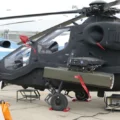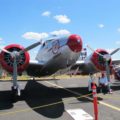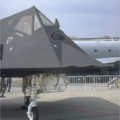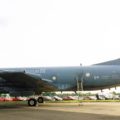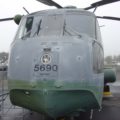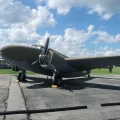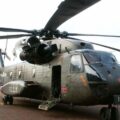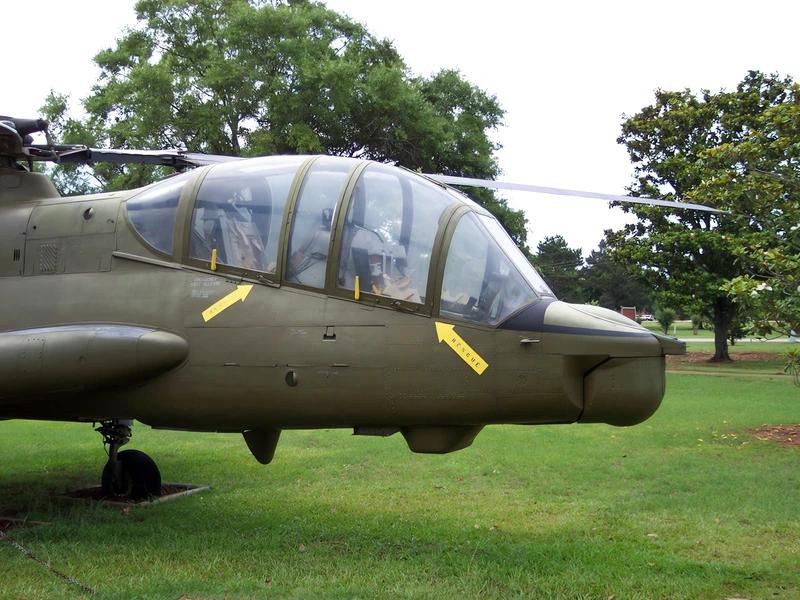
Lockheed AH-56 Cheyenne | |
|---|---|
| Kraju | Stany Zjednoczone Ameryki |
| Roli | Helikopter szturmowy |
| Pierwszy lot | 21 września 1967 r. |
| Zbudowany | 10 |
Tthe Lockheed AH-56 Cheyenne był śmigłowcem szturmowym opracowanym przez Lockheed dla Armii Stanów Zjednoczonych. Powstał z programu Advanced Aerial Fire Support System (AAFSS) armii do pola służby pierwszy dedykowany helikopter ataku. Lockheed zaprojektował Cheyenne przy użyciu czteroostrzowego systemu sztywnego wirnika i skonfigurował samolot jako złożony śmigłowiec z nisko zamontowanymi skrzydłami i zamontowanym na ogonie śmigłem pchającym napędzanym silnikiem turbowałowym General Electric T64. Cheyenne miał mieć dużą prędkość dash zdolność do zapewnienia zbrojnej eskorty dla armii śmigłowców transportowych, takich jak Bell UH-1 Irokezów.
Źródła: Lockheed AH-56 Cheyenne na Wikipedii
| AH-56 Cheyenne Walk Around | |
|---|---|
| Fotograf | Michał Fortin |
| Lokalizacja | Niewiedzy |
| Zdjęcia | 22 |
Zobacz też:
Tthe Lockheed AH-56 Cheyenne was an advanced attack helicopter developed by Lockheed for the United States Army in the late 1960s. It was designed to be a fast and agile aircraft with a rigid rotor system and a pusher propeller for increased speed and maneuverability. The Cheyenne was also equipped with a sophisticated weapons system that included a 30 mm cannon, anti-tank missiles, rockets, and a gunner’s station in the nose. The Cheyenne was intended to be the Army’s main attack helicopter in the 1970s and 1980s, replacing the AH-1 Cobra and complementing the UH-1 Iroquois.
However, the Cheyenne program faced many technical and political challenges that delayed its development and testing. The rigid rotor system proved to be complex and prone to vibrations, requiring extensive modifications and redesigns. The pusher propeller also caused stability and control issues, especially at low speeds and high altitudes. The weapons system was also complicated and expensive, requiring a large crew of two pilots and two gunners. The Cheyenne also faced competition from the Air Force’s A-10 Thunderbolt II close air support aircraft, which was cheaper and simpler to operate. The Army eventually canceled the Cheyenne program in 1972, after only 10 prototypes had been built and flown. The Cheyenne’s legacy was mixed: it was a visionary and innovative design that pushed the boundaries of helicopter technology, but it was also a costly and troubled project that failed to meet the Army’s expectations and needs.
Liczba wyświetleń : 2647



